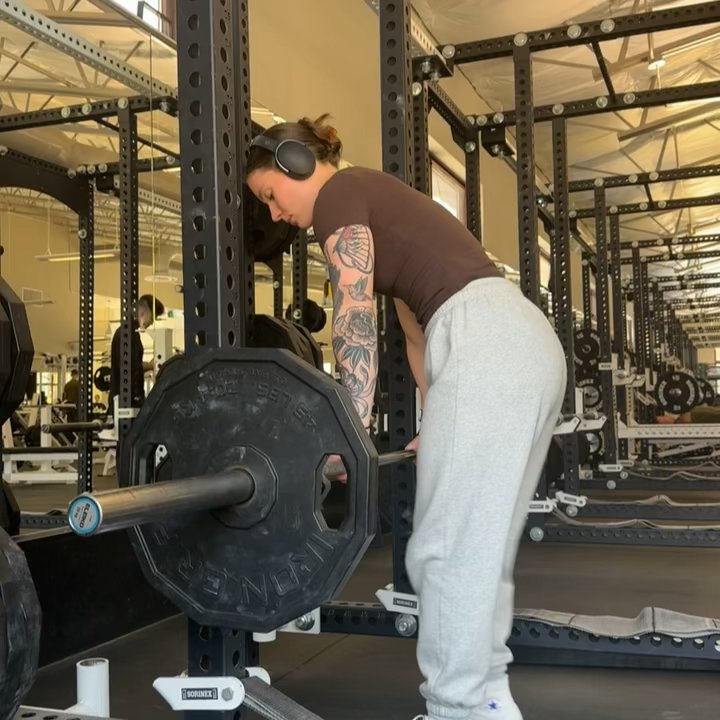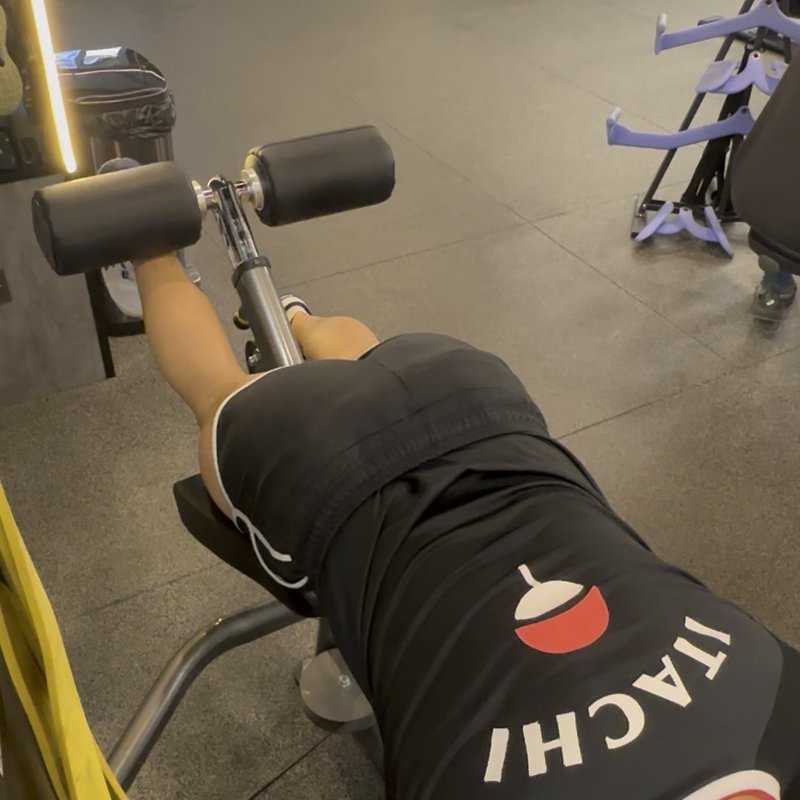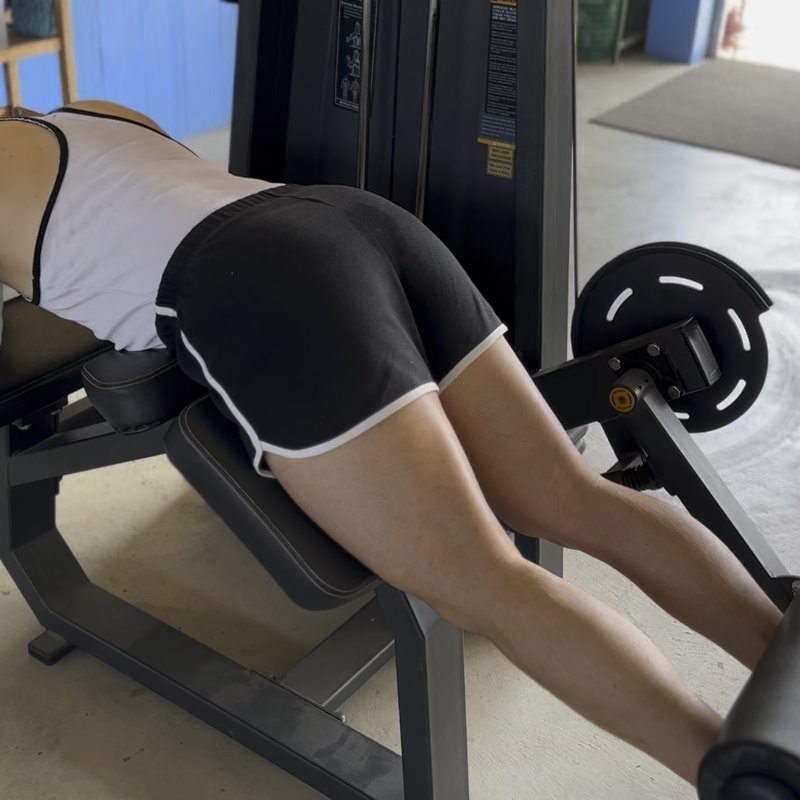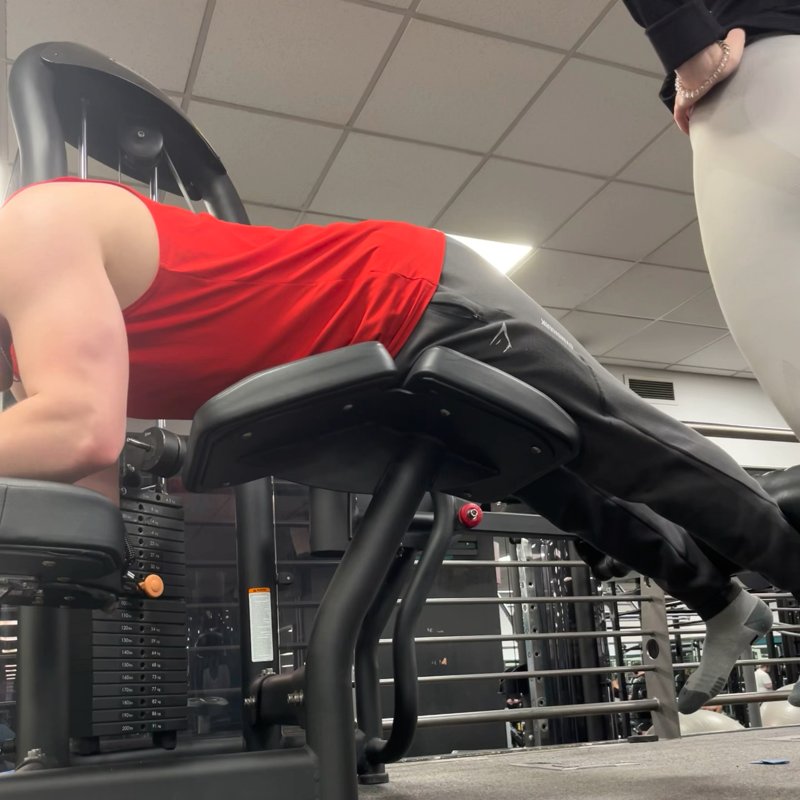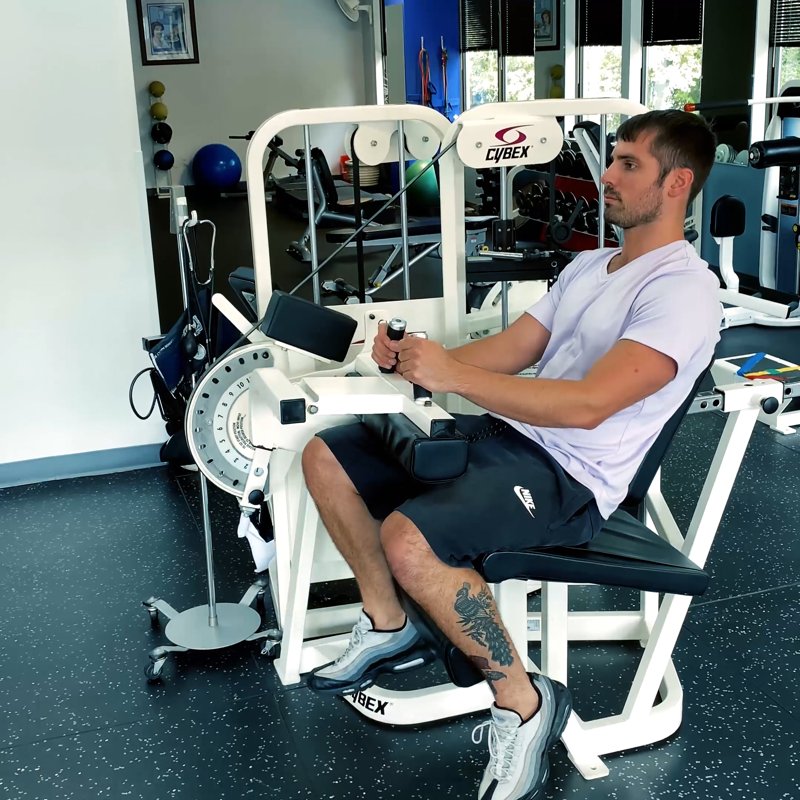Lying Leg Curl: The Ultimate Guide
The lying leg curl is an effective isolation exercise that targets the hamstring muscles. This guide covers proper technique, variations, and programming strategies for optimal hamstring development and lower body balance.
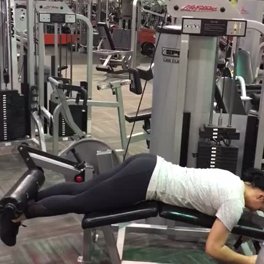
Quick Facts
Key Benefit
Isolates and strengthens the hamstrings with a greater stretch than seated variations
Primary Muscles
Hamstrings
Secondary Muscles
Equipment
Machine
Difficulty
Beginner
Type
Isolation, Hypertrophy
In This Guide
Ready to master the Lying Leg Curl?
Track your progress, see improvements over time, and build strength consistently.
Download GravitusThe Lying Leg Curl is one of the most effective isolation exercises for targeting the hamstring muscle group. Performed in a prone (face-down) position, this machine-based exercise isolates the hamstrings through the specific movement of knee flexion, making it an essential component of comprehensive leg development. The hamstrings are a group of three muscles (semitendinosus, semimembranosus, and biceps femoris) that run along the back of the thigh. While hip-hinge movements like deadlifts and Romanian deadlifts target the hamstrings primarily through hip extension, the lying leg curl specifically emphasizes the knee flexion function, providing more complete hamstring development. This exercise is particularly valuable for creating balanced leg development, as many training programs tend to emphasize quadriceps-dominant movements. Strong, well-developed hamstrings are crucial not only for aesthetic purposes but also for athletic performance, knee joint stability, and injury prevention. The prone position used in the lying leg curl creates a unique advantage by placing the hamstrings in a pre-stretched position at the start of each repetition, potentially allowing for greater overall hamstring recruitment compared to seated variations. Whether you're looking to add muscle mass to your hamstrings, improve lower body balance, enhance athletic performance, or rehabilitate after an injury, the lying leg curl deserves consideration in your training program. This comprehensive guide covers proper technique, common mistakes to avoid, effective variations, and programming strategies to help you maximize your results.
Why the Lying Leg Curl Is Worth Mastering
The lying leg curl offers several distinct advantages that make it a valuable addition to your leg training arsenal:
Enhanced Pre-Stretch
The prone position places the hamstrings in a naturally stretched position at the hip joint, potentially leading to greater overall muscle activation compared to seated variations.
Targeted Hamstring Isolation
Directly targets the hamstring muscles through knee flexion, with minimal involvement from other muscle groups, allowing for focused development.
Muscle Balance
Helps correct the common quadriceps-to-hamstring strength imbalance that can lead to knee problems and increased injury risk in both athletes and general fitness enthusiasts.
Proper Lying Leg Curl Form: Step-by-Step
Machine Setup
- Adjust the machine so that when you lie face-down on the pad, your knees align with or are slightly below the bench edge.
- Position the resistance pad against the back of your lower legs, just above the heels.
- If the machine has a thigh stabilization pad, adjust it to comfortably secure your thighs against the bench.
- Select an appropriate weight that allows for controlled movement with proper form.
The Movement
- Lie face-down on the bench with your knees aligned with the pivot point of the machine.
- Grasp the handles or edges of the bench for stability if available.
- Keep your hips pressed against the bench throughout the movement.
- Take a deep breath, brace your core slightly, and maintain a neutral spine position.
- Exhale as you flex your knees, curling the resistance pad toward your buttocks by contracting your hamstrings.
- Continue the movement until your knees are bent to approximately 90-110 degrees, or as far as the machine allows while maintaining proper form.
- Hold the contracted position briefly, focusing on squeezing your hamstrings.
- Inhale as you slowly return to the starting position in a controlled manner, without letting the weight stack touch down.
- Repeat for the desired number of repetitions, maintaining control throughout the set.
Key Form Tips
Focus Point
Concentrate on contracting the hamstrings rather than simply moving the weight; think about driving your heels toward your glutes.
Hip Position
Keep your hips firmly pressed against the bench throughout the movement to maintain proper alignment and isolation.
Control
Avoid jerky movements or using momentum; maintain a smooth, controlled tempo throughout each repetition.
Full Range
Use a complete range of motion that allows for both full extension and proper contraction without compromising form.
Tempo
Consider using a slower eccentric (lowering) phase of 2-3 seconds to maximize hamstring engagement.
Foot Position
Keep feet in a neutral position or slightly dorsiflexed (toes pulled toward shins) to optimize hamstring activation.
Muscles Worked in the Lying Leg Curl
Primary Muscles
- hamstrings: This three-muscle group (semitendinosus, semimembranosus, and biceps femoris) on the back of the thigh is the primary target of the exercise, particularly through their function of knee flexion.
Secondary Muscles
- gastrocnemius: The larger calf muscle assists slightly in the knee flexion movement, especially when the ankle is in a neutral or slightly plantarflexed position.
- popliteus: A small muscle behind the knee that helps initiate knee flexion and stabilizes the knee joint during the movement.
- sartorius: The longest muscle in the body assists minimally in knee flexion during the exercise.
- gracilis: An adductor muscle that crosses the knee joint and contributes minimally to knee flexion during the movement.
Common Mistakes and How to Avoid Them
Lifting hips off the bench
Raising your hips off the bench reduces hamstring isolation and can strain the lower back. Keep your hips firmly pressed against the bench throughout the entire set. If you find yourself needing to raise your hips to complete the movement, the weight is too heavy.
Using excessive weight
Going too heavy typically leads to compromised form, reduced range of motion, and reduced effectiveness. Select a weight that allows full control of the movement while feeling tension in the hamstrings throughout the entire range of motion. You should be able to complete the prescribed repetitions with good form.
Incomplete range of motion
Not fully extending the legs at the start or not curling far enough at the end diminishes the effectiveness of the exercise. Use a complete range of motion that includes both full extension (without locking the knees) and maximum comfortable flexion while maintaining proper form.
Relying on momentum
Using jerky movements or momentum reduces hamstring engagement and increases injury risk. Perform each repetition with controlled, deliberate movement, especially during the eccentric (lowering) phase. Consider using a 2:1 tempo ratio (twice as long lowering as lifting).
Leg Curl Variations
Machine Variations
-
Seated Leg Curl
Performed in a seated position, this variation may be more comfortable for those with certain back issues and places the hamstrings in a different starting position.
-
Standing Leg Curl
Typically performed one leg at a time while standing, this variation adds a balance component and may better isolate each leg individually.
-
Kneeling Leg Curl
A less common variation performed while kneeling on a specialized machine that reduces hip involvement and focuses purely on knee flexion.
Execution Variations
-

Single-Leg Lying Curl
Performing the exercise one leg at a time increases the intensity on the working leg and helps address strength imbalances between sides.
-

Toe Position Variations
Altering foot position (toes pointed in, out, or neutral) can slightly shift emphasis between the three hamstring muscles for more comprehensive development.
-

Iso-Hold Lying Leg Curl
Adding a 3-5 second isometric hold at the point of peak contraction significantly increases time under tension and metabolic stress.
FAQs About the Lying Leg Curl
Both variations effectively target the hamstrings through knee flexion, but with some key differences. Lying leg curls place the hamstrings in a pre-stretched position due to the extended hip position, potentially allowing for greater overall muscle recruitment and range of motion. The prone position may also make it easier to achieve a stronger contraction at the top of the movement. Seated leg curls provide better back support, making them generally more comfortable for those with back issues. The seated position also limits hip extension, potentially creating greater hamstring isolation in certain individuals. For optimal hamstring development, consider incorporating both variations into your training program over time, either within the same training cycle or by periodically rotating between them.
Foot position can slightly influence which portion of the hamstrings receives greater emphasis. A neutral position (toes pointing straight) provides balanced activation across all hamstring muscles. Pointing the toes outward (external rotation) may emphasize the biceps femoris (outer hamstring) slightly more, while pointing the toes inward (internal rotation) may increase activation of the semitendinosus and semimembranosus (inner hamstrings). For complete hamstring development, consider occasionally varying your foot position, or simply use the position that feels most comfortable and allows you to establish the strongest mind-muscle connection with your hamstrings.
Hip-hinge movements like deadlifts and Romanian deadlifts primarily work the hamstrings through their hip extension function, whereas leg curls specifically target the knee flexion function. For complete hamstring development and functional balance, incorporating both movement types is ideal. This is particularly important because the hamstrings are biarticular muscles (crossing both the hip and knee joints). If your goals include maximum hamstring hypertrophy, sport-specific performance, or rehabilitation from certain injuries, leg curls provide a valuable stimulus that complements hip-hinge movements. However, if training time is limited, prioritize compound hip-hinge exercises and consider leg curls as a beneficial but secondary addition.
Video Demonstrations
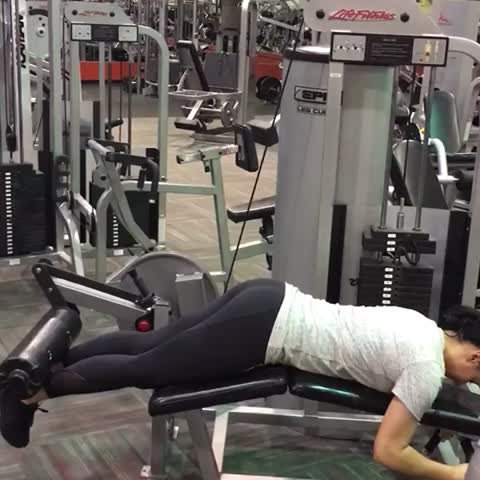
Log in to watch video demonstrations
Login to Watch3 video demonstrations available
Find more video demonstrations in the Gravitus app
Tips from the Community
-

Last set = drop set with a pause
-

Drive your hips into the pad
-

Heels to butt cheeks
Track your progress with Gravitus
Download Gravitus to log your workouts, track your progress, and join a community of fitness enthusiasts.

Helpful Resources
One Rep Max Calculator
Find your one rep max for any exercise without maximal testing. Essential for developing effective strength training programs.
Calculate 1RMWorkout Programs
Follow structured workout programs created by fitness professionals to maximize your strength and muscle gains.
View Programs